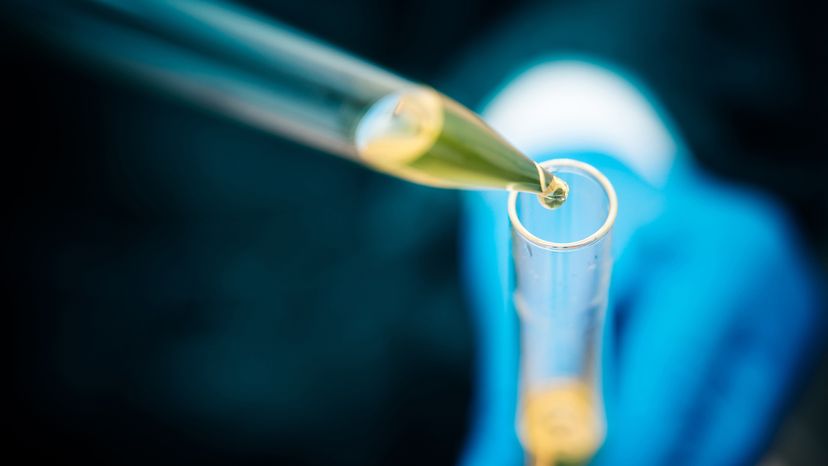To better understand strong bases, it helps to contrast them with strong acids. These two categories of compounds have distinct properties and behaviors in aqueous solutions.
Strong bases, such as sodium hydroxide (NaOH), potassium hydroxide (KOH), calcium hydroxide (Ca(OH)2) and barium hydroxide (Ba(OH)2), are typically hydroxides of alkali metals and alkaline earth metals. They are known for their ability to completely dissociate into hydroxide ions (OH-) and cations in aqueous solutions.
For instance, when calcium hydroxide (Ca(OH)2) dissolves in water, it ionizes completely to produce calcium ions (Ca2+) and hydroxide ions (OH-). Strong bases are capable of neutralizing strong acids and turning litmus paper blue.
On the other hand, strong acids, such as hydrochloric acid (HCl), sulfuric acid (H2SO4), nitric acid (HNO3), hydrobromic acid (HBr) and hydroiodic acid (HI), are acids that completely dissociate into hydrogen ions (H+) and anions in aqueous solutions.
For example, when hydrochloric acid (HCl) dissolves in water, it ionizes completely to form hydrogen ions (H+) and chloride ions (Cl-). Strong acids have a very low pH and, like strong bases, are capable of causing severe chemical burns. They are also strong proton donors.
Weak Bases vs. Weak Acids
Weak bases, such as ammonia (NH3) and organic amines, are compounds that partially dissociate in aqueous solutions to release hydroxide ions (OH-) and cations. They are characterized by being electron pair donors and proton acceptors.
Weak acids also only partially dissociate in aqueous solutions. Examples include carbonic acid (H2CO3), acetic acid (CH3COOH) and citric acid (C6H8O7). They have higher pH values compared to strong acids and do not completely ionize.
